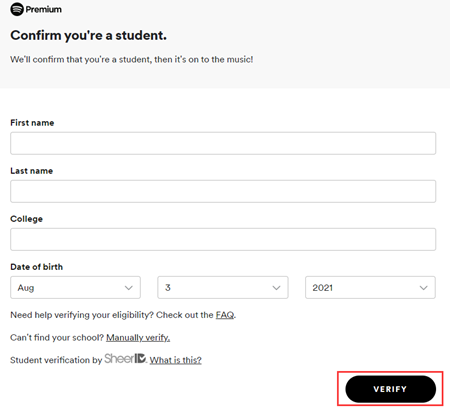
In response, Spotify launched Loud and Clear (opens in new tab): a communications initiative which was supposed to “increase transparency by sharing new data on the global streaming economy.” However, many campaigners were left with unresolved questions around the details of the deals Spotify has struck up with major labels, and whether (as many users suspect) Spotify takes payment for playlisting or preferential algorithmic treatment. Their open letter (opens in new tab) – which demands a penny per stream rate, and would put Spotify payments on par with Apple Music – has gained over 28,000 signatures thus far. In the US, The Union of Musicians and Allied Workers orchestrated a “Justice at Spotify” campaign, which mobilized protests at Spotify offices in 31 cities across the world. Representatives from across the UK music industry – from label managers to working musicians – submitted impassioned evidence that they feel that Spotify’s current rates of payment (between $0.03 - $0.05 per stream) is not fair recompense for their work, and that Spotify’s current operating model creates a toxic ‘winner takes all’ market, where superstars are rewarded with vastly inflated profits while smaller artists struggle to make a living.

In the UK, Spotify (and other streaming services) have come under intense scrutiny, resulting in a high-profile inquiry into the economics of streaming in the House of Commons. While some may argue that a price increase is long overdue, it’s a strange time for Spotify to announce the hike. How has the price increase been received?


 0 kommentar(er)
0 kommentar(er)
